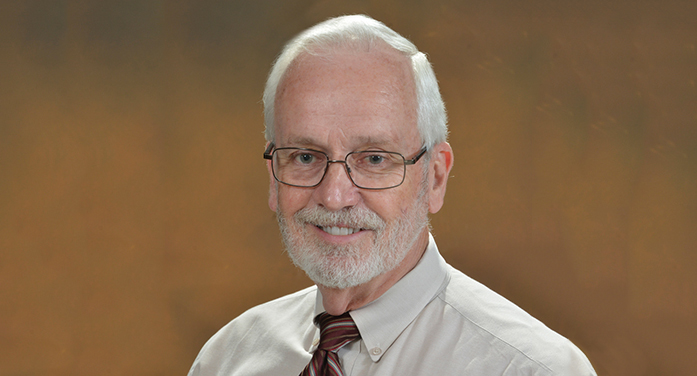This past week found your correspondent not home in Edgefield County, but rather working and visiting in Washington, DC. As a faculty member at Augusta University, for the past several Junes I have attended the annual conference of the American Association of University Professors held here in DC. The discussions are interesting to me, sharing ideas about how better to reach today’s students about what is important in today’s world and how to ensure Academic Freedom for ideas both popular and unpopular on campus. This year, the discussions included comparing student unrest now with that of the 1960’s and blocking unpopular speakers from campus, then and now. The speakers and the protestors both have the right to be heard, but how do we do that without ceding the field to whoever is the loudest? We discussed student newspapers, most of which are now digital; about funded research, rising tuition and education in general. What can be expected to change and what cannot be allowed to change, following last fall’s elections?
And we spoke at length about freedom, including religious freedom. Should we on campuses encourage religious observances, ignore them, or even discourage them if they make others uncomfortable? Where and how does one draw the line when there are Christians, Muslims, Hindus, and atheists together in a classroom? There are no easy answers and never will be; the best we can do is to encourage frank discussions and try to ensure mutual respect if not mutual understanding. Where one stands is often not just a function of where one sits, but also a function of whom one sits next to.
Another part of my annual DC trips has been a solemn visit to the Vietnam Memorial, to remember people I have known who are listed there. When I left Edgefield County for Annapolis, I found that a wooden bulletin board was standing in the main entrance to Bancroft Hall, the common dormitory for all of us. It listed those alumni who had been killed, so far, in Vietnam, along with a picture of them as Midshipmen. In one’s first year at the academy, it was a sobering display; by one’s last year there, the newest names included some whom you knew, played sports with and attended class with, that first year and perhaps the second. Their names will always be familiar to those of us from that generation, from all the service academies.
This year, having been thinking about 21st century students and various freedoms before visiting the Memorial, I was newly struck by the names of many whom I didn’t know at all. There were Anglo-Saxon names, Italian names, Jewish names, names from virtually every country in Europe as well as Chinese, Japanese, and Indian names. And what struck me this time were how many had first names of Ahmed, of Mohammed, of Abdul. And there were many. Our country was their country too, and still is “our country” to the sons and daughters, and now the grandsons and granddaughters, of those whose names are on the Vietnam Memorial.
The lesson to me is that when I speak with my college students about rights and freedoms, that we need to talk about those names. The blend of ethnicities shows up somewhat differently in our rolls of honor in Washington and throughout the nation, depending on the era and the conflict; but there has always been a blend. Not only college students but all of us need to remember them all, and to remember how we speak and believe differently in some things but serve in exactly the same way, when called upon to serve, and sometimes to give that last full measure of devotion to our country. If those names were to answer questions today, asking them to list the values they most fought for, Religious Freedom would be near the top for them all, whether named Smith, or King, or Cohen, or Martinez, or Chan, or Mohammed.
Robert Scott

